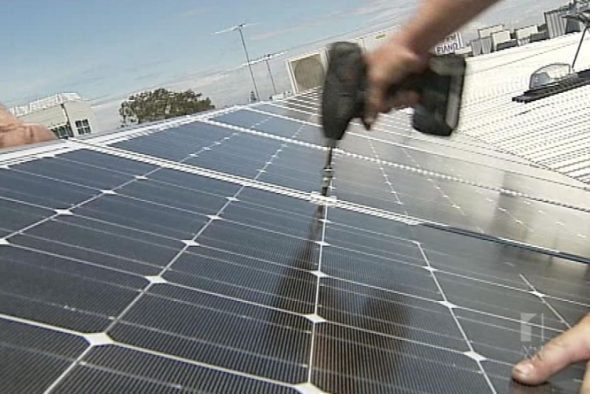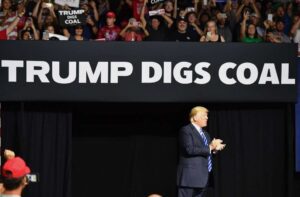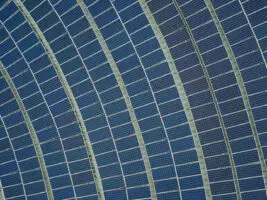The Queensland pricing regulator says it favours the introduction of a gross feed in tariff in the state, in a move that the solar industry say would be devastating for the rooftop solar PV market.
The Queensland Competition Authority’s recommendation is included in its issues paper on a “fair and reasonable tariff for solar”. It says in the paper: “The Authority considers there is an argument to prefer a gross metering arrangement over a net arrangement, but is open to stakeholder views on this matter.”
The likely introduction of a gross feed in tariff was first revealed by RenewEconomy in July, in our piece on “How big utilities propose to kill solar PV.” It was among a number of measures canvassed by retailers and network operators to protect their revenue sources, which is threatened by the proliferation of solar PV. Many of the other proposed measures, such as network restrictions, the introduction of standing charges, and proposed changes to the renewable energy target, have also provide right.
Gross tariffs were popular in some states at the height of inflated feed-in tariffs, because householders received a premium price for every kW of solar they produced. Now those tariffs have been cut to well below retail electricity prices, net metering, which only pays for excess energy fed back into the grid, allows households to use solar PV as a hedge against those rising electricity prices, using the electricity they produce to reduce their requirements from the grid.
However, while this offers significant savings to householders, this cuts the retailers and the network operators out of the game, and net metering would become even more attractive under the time-of-use tariffs proposed by the energy industry. But that would further undermine the revenue of the retailes and network operators. The QCA said it feared net metering allows solar households to avoid a disproportionate amount of network costs by minimising their reliance on grid-sourced electricity.
The solar industry says the introduction of gross tariffs – possibly at the rate of 8-12c/kWh – would be devastating for the industry, and represented a greater threat than even the dilution of the renewable energy target.
They argue it effectively reduces competition in the industry, and potentially removes one of the key solutions to the overloading of grids. Numerous independent studies have underlined the important role that solar PV could help in meeting peak demand, but this is rarely acknowledged by the utilities, who are more concerned about protecting revenues by growing their assets. The move comes just months after the Queensland Government slashed its net feed in tariff. Queensland had been the fastest growing state for solar PV, accounting for 40 per cent of national installations by some count.
The introduction of gross tariffs would also likely kill off the emerging commercial-scale solar PV market in Australia. Commercial scale solar is considered one of the most effective options for reducing peak demand because the output from the rooftop or ground mounted panels corresponds with usage by commercial users.
However, Australian solar companies have also expressed fears that the suspension of grants under the Federal government’s $800 million Clean Technology Investment Program for manufacturing groups could threaten many projects, just as the industry was getting started.
The head of one NSW company, who requested anonymity, said he had 15 proposals on the drawing board, ranging in size from 30kW systems to up to 1MW for customers including manufacturers, processors, retailers, and vineyards.
He said if the funding was withdrawn, only a couple of smaller projects were likely to go ahead. That’s because larger commercial customers had the buying power to negotiate lower electricity prices – of around 16c-18c/kWh (instead of 30ckW/h or more) from the utilities which were effectively cross subsidized by other users. RenewEconomy highlighted the other issues surrounding commercial solar in this piece earlier this week, Why new solar tariffs coud drive a man to diesel”
The companies complain of a lack of information around the CTIP, with most only hearing about the “pause” in grants via the media. Questions to Climate Change Minister Greg Combet’s office were met with a reference to comments made in The senate this week from assistant minister Kate Lundy, who said there would be a “brief pause” while the government goes through a process of “examining every dollar of spending to make sure taxpayers are getting value for money.”
But there is speculation that this and other funding programs will be curtailed or delayed to help the government meet its promised budget surplus. And it wouldn’t be the first element of its Clean Energy Future package to be redrawn, following the decision to dump the carbon floor price and the proposed buyout of coal-fired generators.
Alle Tresoriero, the marketing director for SolarSwitch, said the company felt it was working in the dark. “We’ve undertaken a lot of time and expense in our business – educating our staff about the possibilities and manufacturers.”
She cited the position of one manufacturer who was looking to put a 200kW solar power system on its roof. “The grants made solar extremely attractive option,” Tresoriero said.
“Commercial solar is still a very new concept and companies yet to fully realise the impact of rising electricity costs and how much solar power can help with that,” she said.
“We are only just getting down to the point where it is getting to the 5 year payback area – which is the target ROI (return on investment) for companies. We’re just getting to that point now but this scheme provided further incentives for companies to invest in solar power.“
Another solar consultant cited a food manufacturer with ageing cool rooms. The customer was paying 36c/kWh, but a combination of solar PV and energy efficiency would reduce its costs, and the consumption at peak periods.
“If we can achieve this they will have both reduced electricity consumption (saving on electricity bill) and can defer the transformer upgrade for some years,” he said. “But the total cost without help will mean they simply leave the cool rooms until they fail completely, and upgrade the transformer to meet their growing peak demand. So they will increase the load on the grid, and not invest in other areas of the business, like more employees.”
The situation in Australis is not unique. In the US, for instance, the solar industry is facing similar issues, as highlighted in this piece on Greentech Media this week – where they flagged a potential installation of 75GW of solar PV in the country by the end of the decade – 15 times its current capacity – and massive resistance from utilities.
In Australia, the utilities have become concerned because of recent forecasts that suggest up to 18GW of solar PV could be installed in the country over the next few decades. Some private forecasts suggest that could happen within a decade.
As David Crane, the head of leading US energy generator NRG, said earlier this year, solar PV represents the biggest threat to the conventional energy industry in half a century. In the Greentech Media piece, the solar companies said utilities in the US were so powerful they acted as “a fourth arm of government” and won’t give up easily. Professor Ross Garnaut has commented on the extent of regulatory capture in the Australian industry, hence the ability to “gold plate” networks and extract huge compensation packages for the carbon price.






